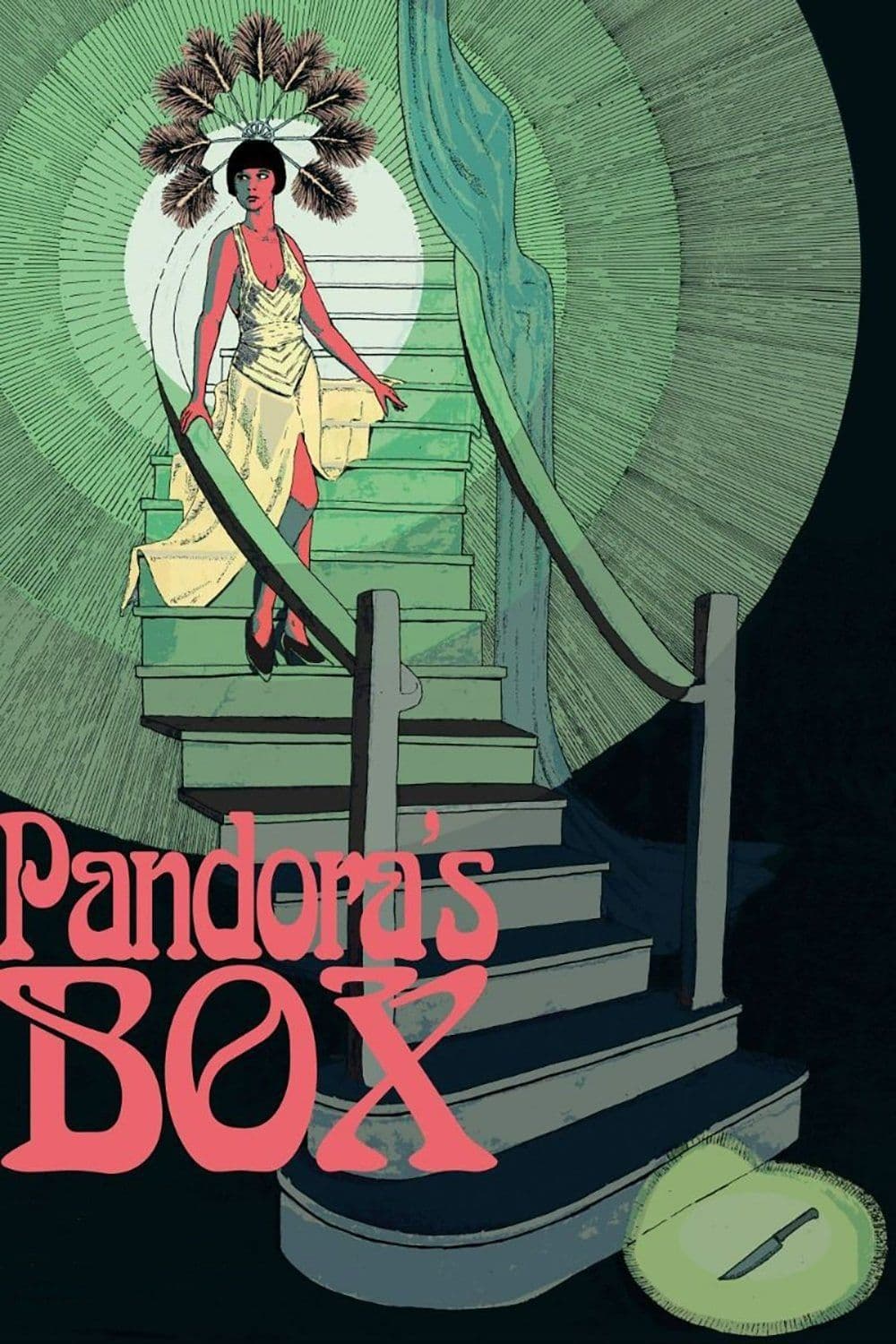
Pandora's Box
1929
Rate this movie
Average: 5.00 / 5
(1 votes)
Director
Also distributed in Italy under the title Lulu, it is the second of Pabst's two films released in 1929 (the other being Diary of a Lost Girl). It is a work that fits within the genre of German Expressionist cinema, exploring the depths of the human psyche and the contradictions of society. But the label "Expressionist" for Pabst is perhaps reductive: although the film uses stylistic elements such as stark lights and shadows, evocative set designs, and an atmosphere of perpetual unease, his approach deviates from the excessive stylization of masters like Murnau or Wiene, orienting itself instead towards a "New Objectivity" that aims to reveal raw psychological and social reality, rather than merely distorting it. The film, the second chapter of an ideal trilogy dedicated to female figures (begun with The Love of Jeanne Ney and concluded with Diary of a Lost Girl), focuses on the figure of Lulu, a femme fatale and enchantress, an incarnation of sensuality and desire, but also a victim of a hypocritical and moralistic society. Pabst, with masterful skill, paints a complex and multifaceted portrait of this iconic figure, exploring her sexual freedom, instinctive innocence, and tragic end, anticipating by decades themes related to female emancipation and the deconstruction of bourgeois moralism.
Also in this film, a portrait of a femme fatale: an enchantress, a perverse mistress and object of desire, Lulu is the archetype of sensuality. But to define Lulu as a simple femme fatale would be unfair and reductive; she is not an intriguing manipulator in the classical sense, but rather an elemental force, almost a mythological creature, a nymph who moves through society without understanding its rules, unleashing disasters not out of malice, but because of her own uncontrollable essence. The plot, inspired by Frank Wedekind's plays Earth Spirit and Pandora's Box – texts that even then shook conventions with their audacity in dealing with sexuality and morality – follows the rise and fall of Lulu, a young woman who, with her beauty and magnetic charm, seduces and destroys the men around her. Pabst, faithful to Wedekind's caustic spirit but transposing it into an exquisitely cinematic language, emphasizes the chain of fatal events that Lulu unintentionally triggers. From being a wealthy publisher's mistress to a cabaret dancer, from a doctor's wife to a prostitute in London, Lulu goes through various phases of her life, leaving a trail of passions and tragedies in her wake. She meets various characters, such as the painter Schwarz, the young Alwa Schön, Dr. Schön and his son, all drawn to her irresistible erotic aura, all condemned by her inability to conform, to be possessed, to be tamed. But her fate is sealed: after a series of crimes and escapes, her journey will lead her from opulent bourgeois homes to the sordid alleys of Victorian London, where Lulu will eventually cross paths with Jack the Ripper, finding death on Christmas Eve. A symbolic ending, almost a mythical epilogue, in which Lulu's primordial and unrestrained freedom clashes with the darkest and most primal malevolence, that which inhabits the shadows of civilization.
A woman excessive in everything: immoderate in affections, a storyteller to the point of hypnosis, overflowing with a dark and inescapable charm. Pabst, with a style that blends Expressionist suggestion with a nascent social realism of the Weimar Republic, uses lights and shadows, angled shots and evocative set designs to create an atmosphere of mystery and unease, but it is above all in the expression of faces and gestures that the drama focuses. His clinical eye, perhaps inherited from his previous career as a doctor, dissects the hypocrisies of the bourgeois world that vainly attempts to cage Lulu. Louise Brooks's performance as Lulu is legendary and timeless. With her androgynous beauty, magnetic gaze, and wild sensuality, the American actress brought to life a cinema icon, a symbol of freedom and transgression. Her famous black bob, the "Louise Brooks bob", became an emblem of the "flapper" and the "New Woman", a visual manifesto of a brazen and liberated modernity. Her acting, as natural as it was intensely expressive, stood out sharply from the often bombastic stylization of other actresses of the era, offering a vulnerability and vitality that still captivate the viewer today. The film, besides being an aesthetic benchmark for its visual and narrative innovation, is also a profound reflection on the female condition, bourgeois morality, and the destructive and self-destructive power of desire. Pabst offers a complex and ambivalent representation of women, showcasing both their unstoppable seductive force and their inherent vulnerability. Lulu is a tragic figure, an anti-heroine who pays with her life for her freedom, her inability to adapt to the restrictive rules of a society that condemns what it cannot comprehend or control. And precisely because of this atavistic and wild lack of conformity, she will inevitably fall, lost in the anonymous and cruel turmoil of the metropolis, a labyrinth of impulses and dangers where instinctive innocence cannot survive.
Genres
Country
Gallery
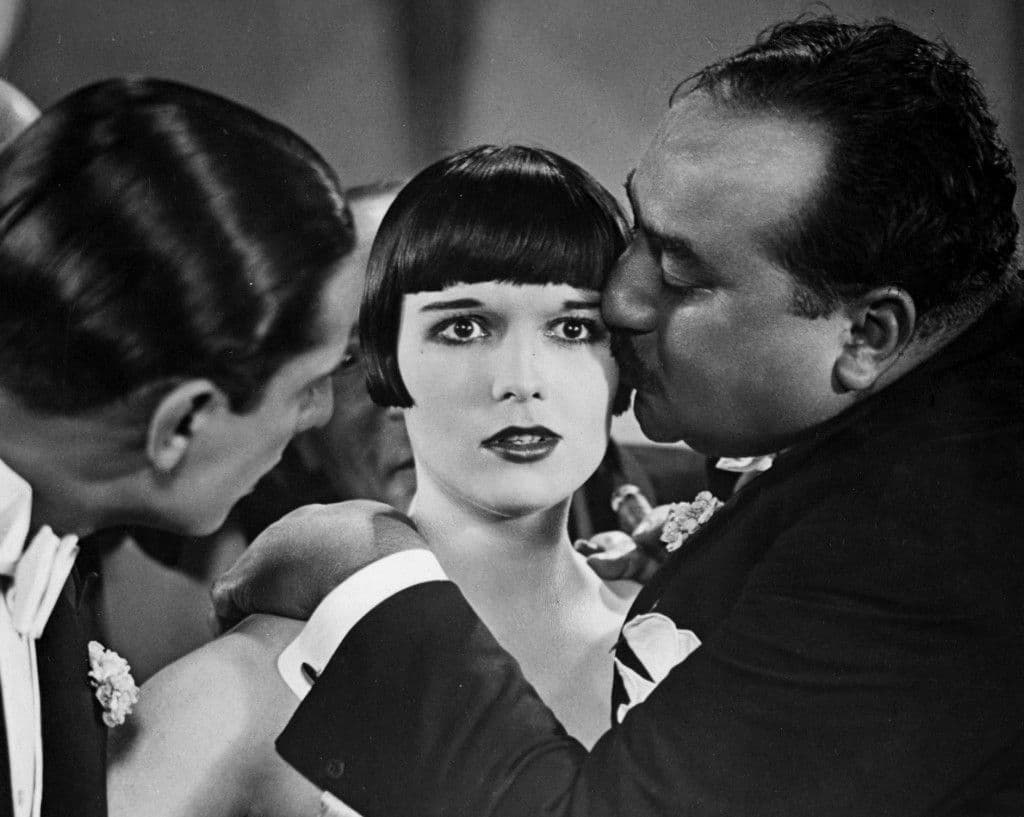
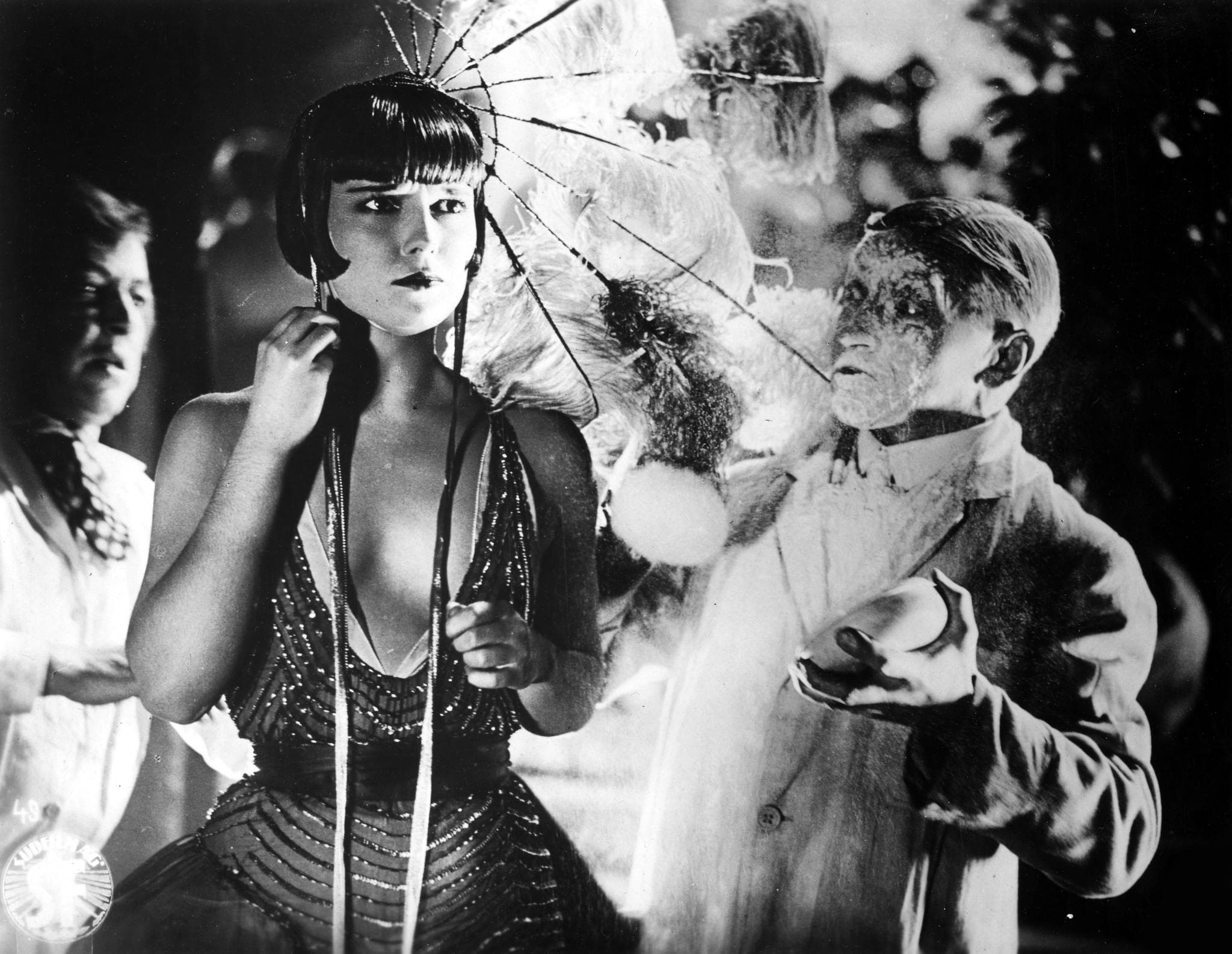
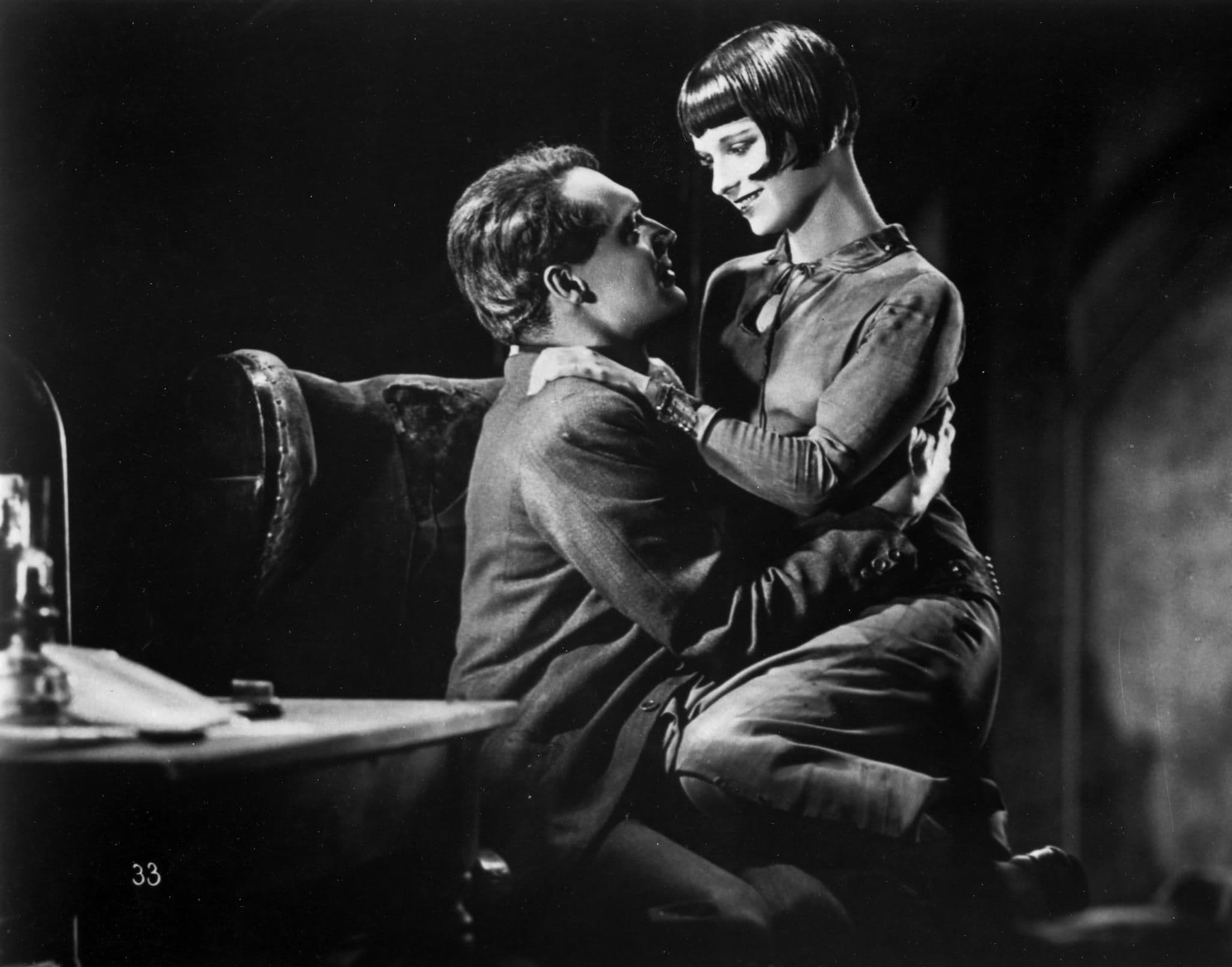
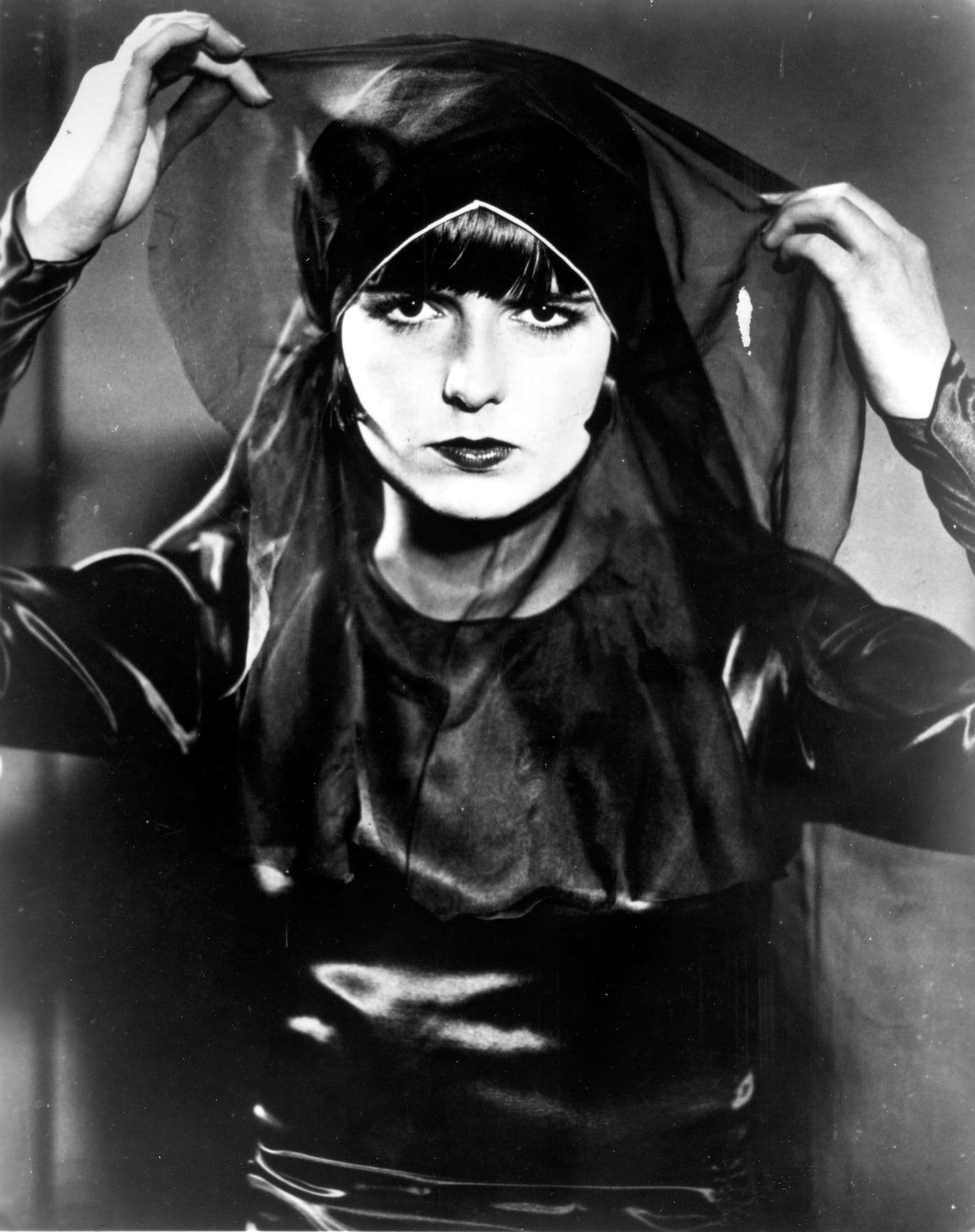
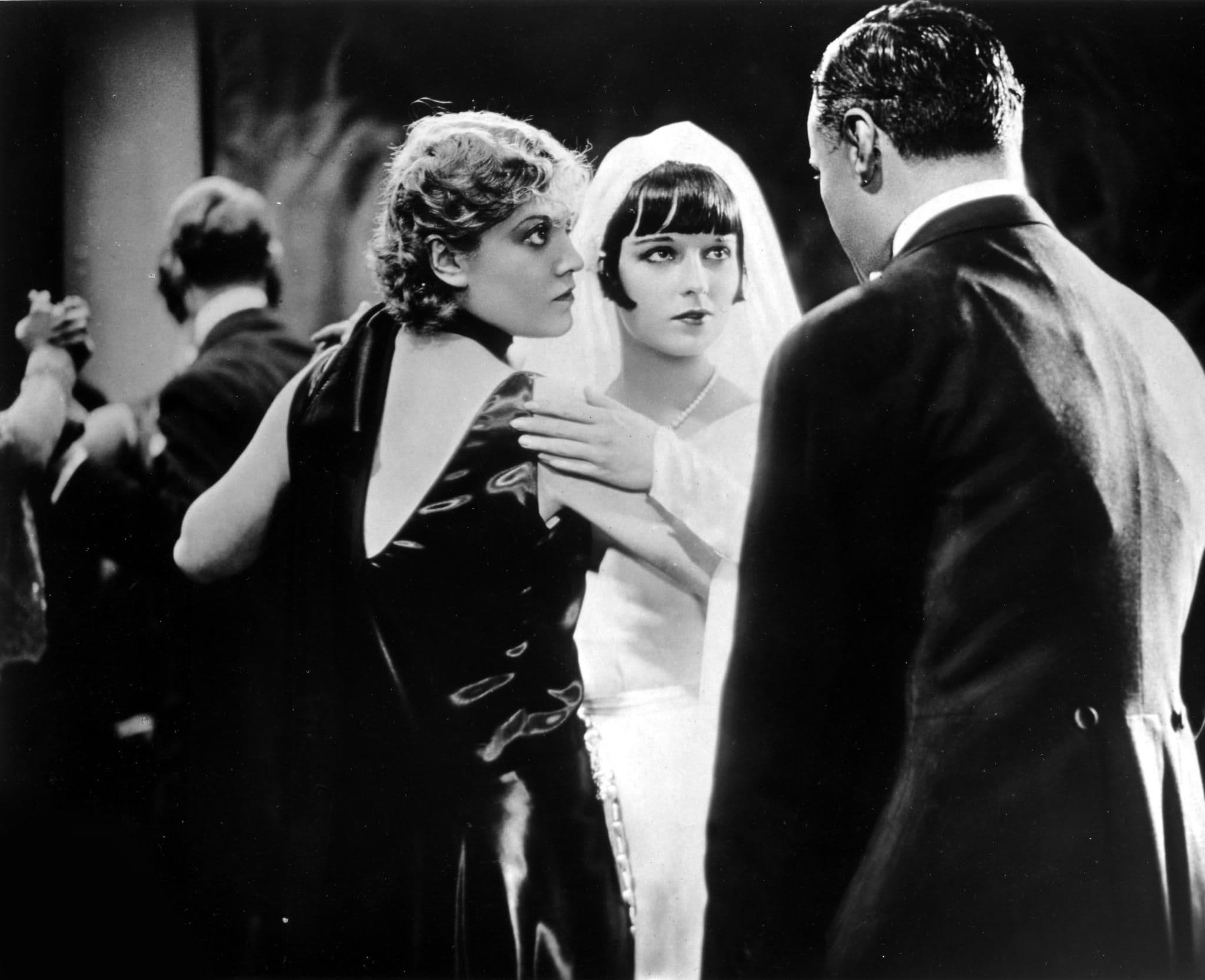
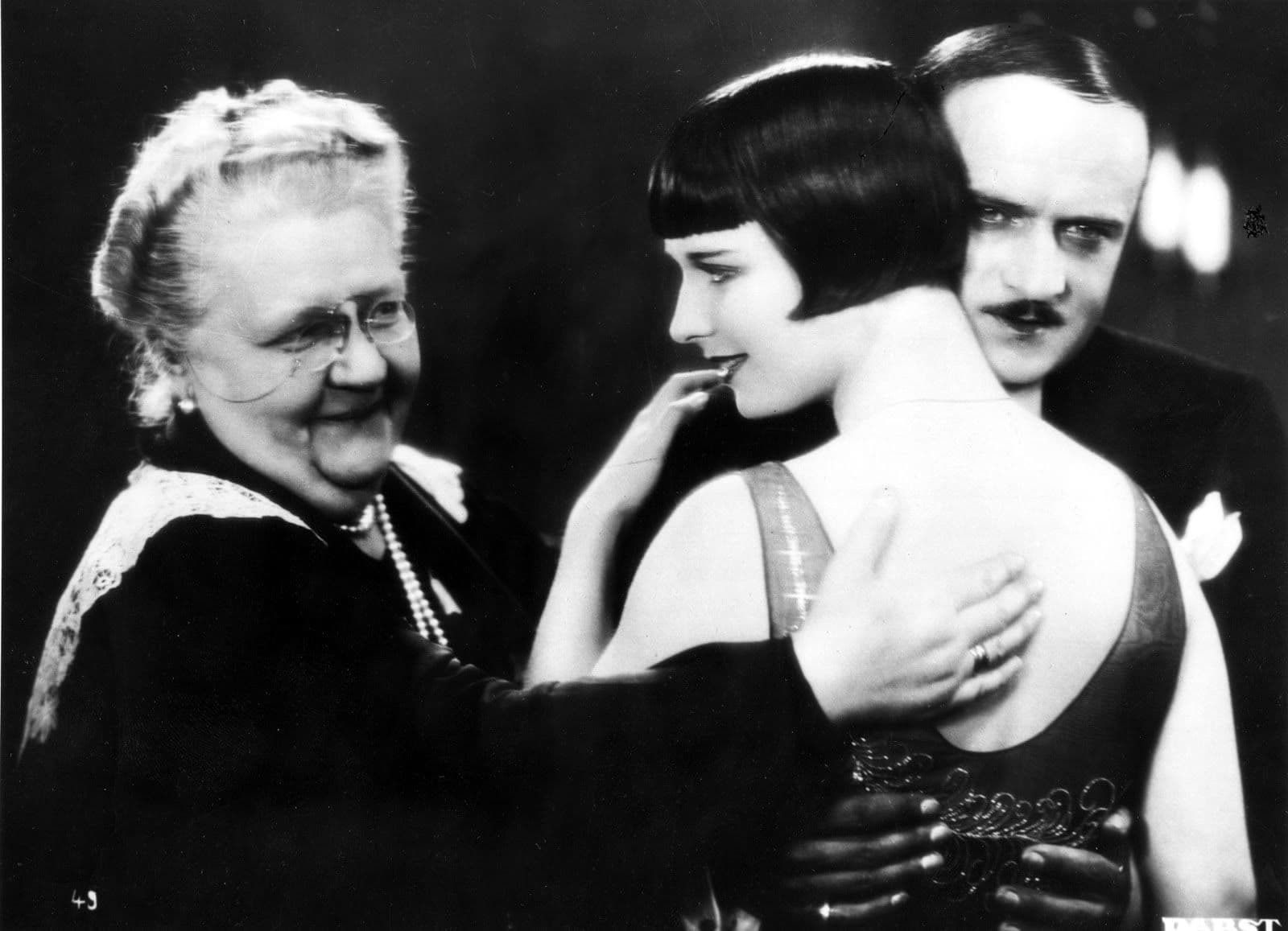
Featured Videos
Official Trailer
Comments
Loading comments...